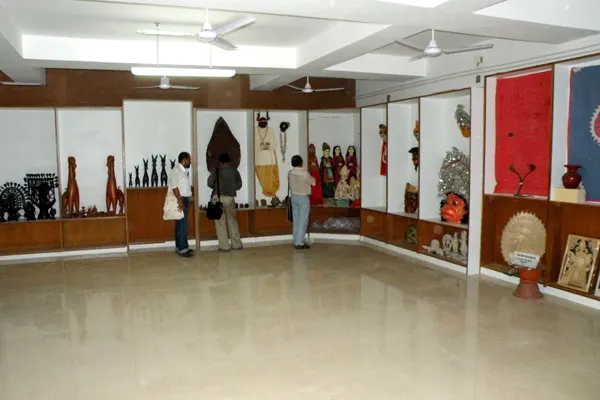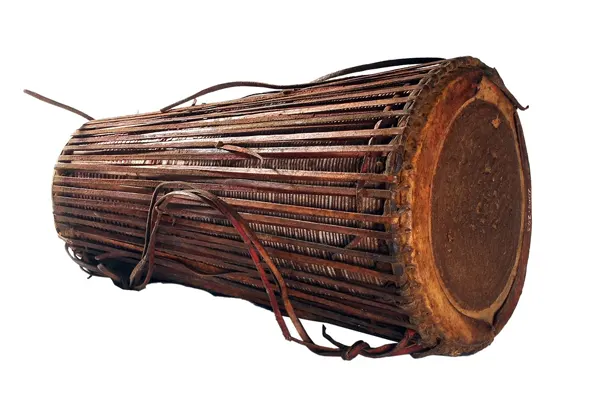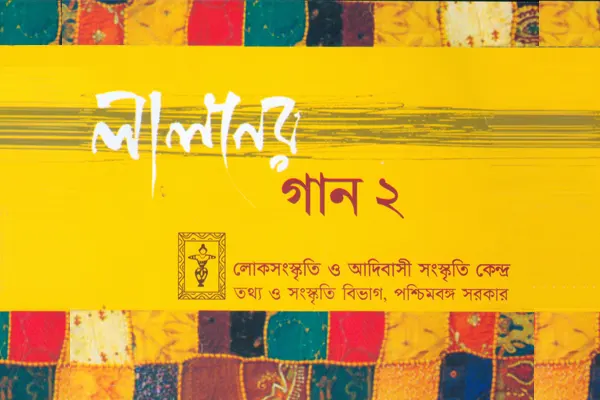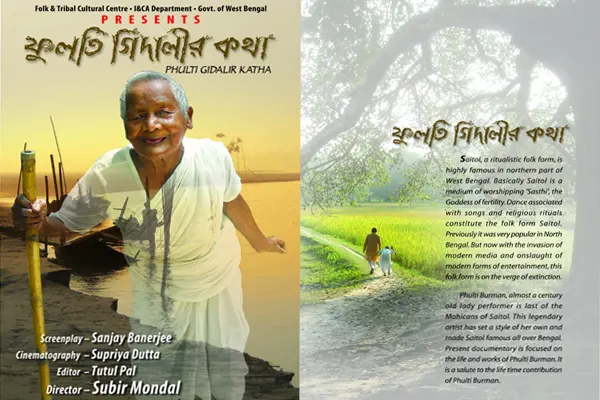Welcome to West Bengal I & C A Dept. Portal
Folk and Tribal Cultural Centre plays a vital role in the development, balanced growth and the upliftment of the cultural tradition of the nation. The Information and Cultural Affairs Department of West Bengal Government established the “Lokosanskriti Parshad” as a primary setup for the vast and varied work on the different aspects of folk and tribal culture. Due to the vast expansion of the work on folk culture, a deep need for an autonomous body was felt. As a result of this need, in December 1994 “Folk and Tribal Cultural Centre” came into existence. The Centre carries out its massive and varied beneficial and promotional work on folk culture with the aid of the grant from West Bengal Government. Folk and Tribal Cultural Centre is registered as an autonomous non-profit making organization to fulfill certain aims and objectives. The Centre under the aegis of the Government of West Bengal has engaged itself in a ceaseless pursuit to create a disciplined perspective where coordination between the folk artists and folk researchers may be achieved and also the standard of those arts and artists may be escalated to a desirable height. At present the work of the Centre is increasing in its span, volume and extent.
FTCC run six CharchaKendras at Birbhum, Purulia, Jhargram, Bankura, Malda and Alipurduar districts. It also run Folk Musuem at Jhargram, Suri (Birbhum)and Alipurduar.
Folk and Tribal Cultural Centre have a seperate building for folk museum known as Sudhi Pradhan Sangrahashala in the name of the founding father and the first Chairman of the Centre to recognise his efforts in the collection of different artefacts, folk materials and reviving and rejuvinating different extinguishing folk art materials and folk forms from the interior areas of the different districts of West Bengal. Folk art materials like Dokra, Lac dolls, Dancing Puppets, Puppets of Puppet Theatre, Masks of various dances like Chhau, Kali Nach, Mukha Nach, folk theatres like Halua Haluani, Chor Chunni and some other folk forms through out West Bengal are preseved properly maintaining the process of preservation. Different tribals weapons, dresses and musical instruments of folk dramas, folk dances and songs are also kept in the musuem.The folk museum now a days have become a center of attraction and knowledge to the students, research scholars and the interested tourists as well.
View More
Bengal have a rich heritage of different types of folk songs, folk dramas and folk dances which varies from place to place, region to region and one district to the other.Folk instruments are usually used to accompany the folk songs,dances and dramas of different regions. Folk instruments varies in shapes, sizes and their tonal quality.The musical instruments which are used in a patticular form of folk song of one region differs from the other. The variation in the Folk musical instruments of Bengal have now attracted the attention of many urban scholars and researchers.
View More
One of the main objectives of Folk and Tribal Cultural Centre is preserving the original tune and lyrics of the songs of different folk and tribal communities through out West Bengal and also promoting the singers to give them an urban platform. As a result the Centre had publised various C.D's and cassettes of many senior and flourishing young artistes.C.D's and cassettes on Baul/Fakiri, Bhatiali, Bhawaiya, Tribal songs, Banga Ranga Mancher Lokosangeet, Jhumur and many others.
View More
Another main objective of Folk and Tribal Cultural Centre is the presevation and documentation of different extinguishing art forms and biography of renowned and senior folk artistes as well. To accomplish this objective Folk and Tribal Cultural Centre have made some documentaries on folk forms like Puppet making, Chhau dance, ,biography on the life of Saitol singer and dancer Fulti Gidali and many others.
View More
